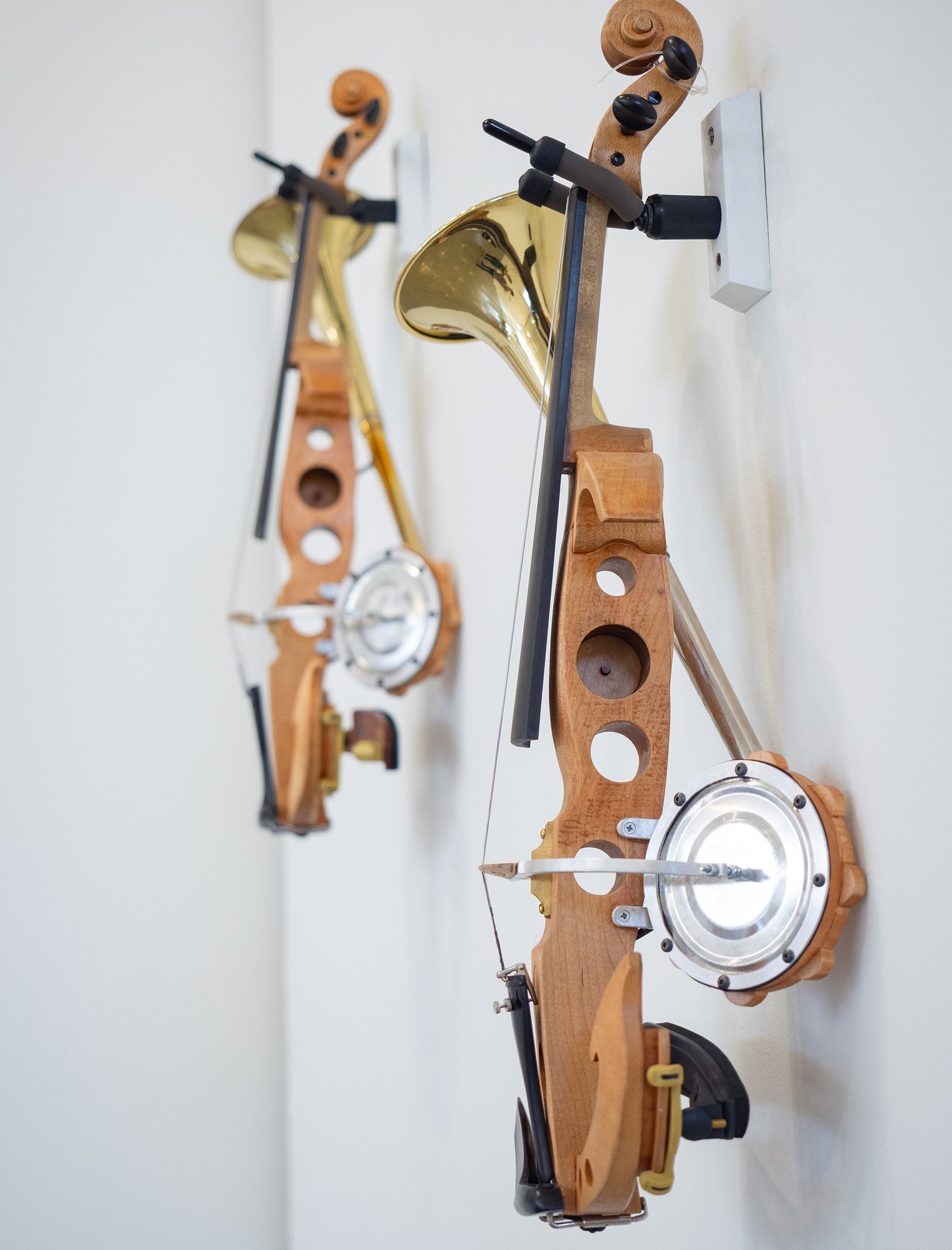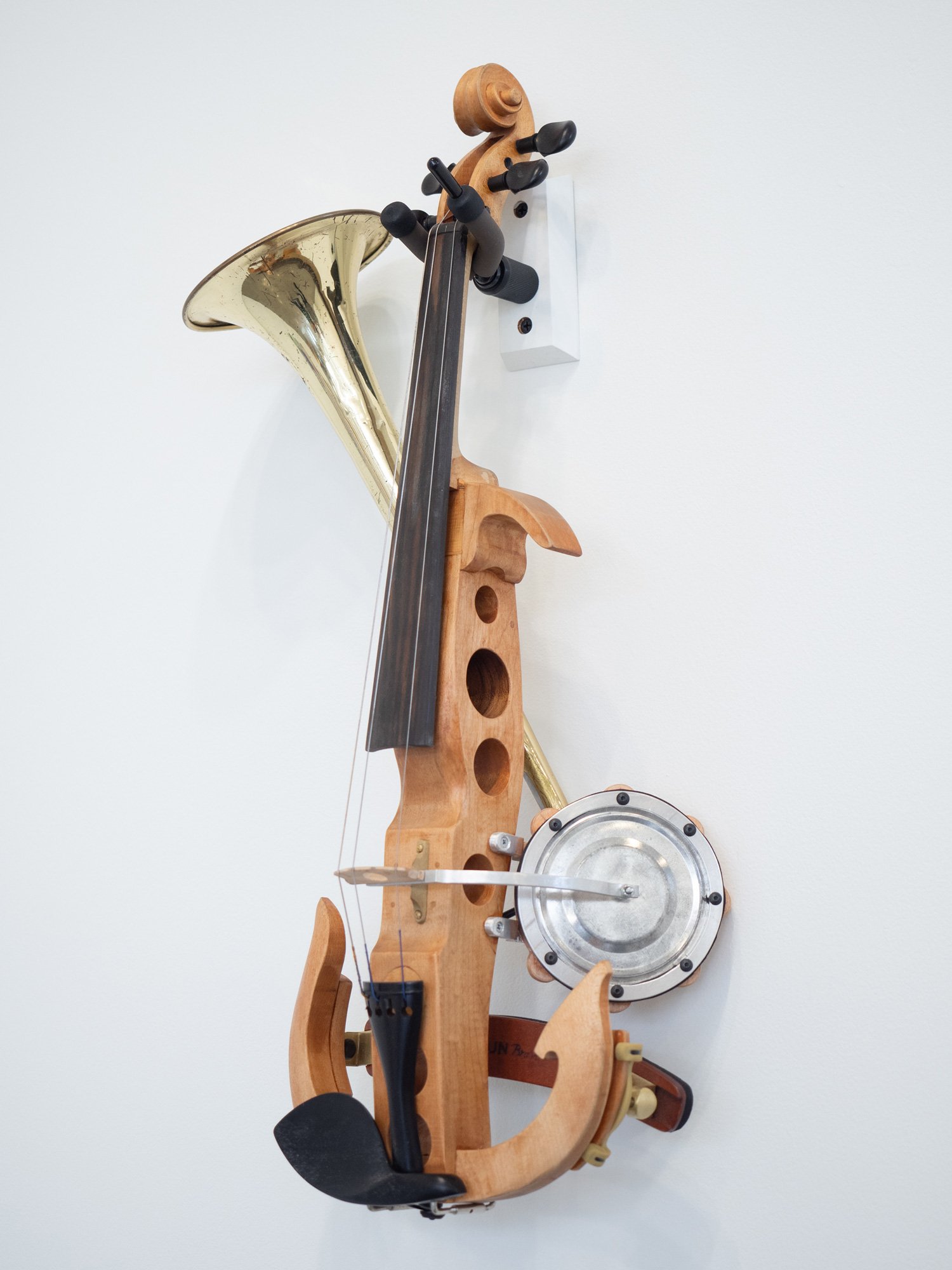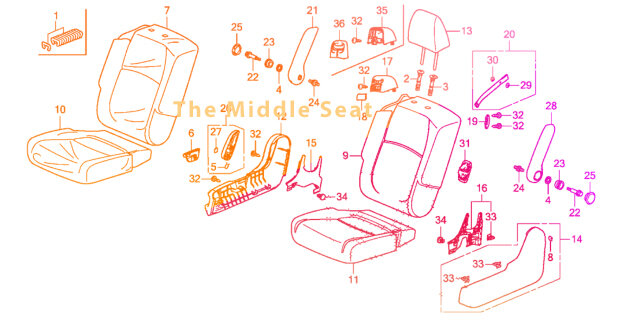“Failed”
We would like to introduce “Failed” our upcoming collaboration, with our neighboring gallery The Vestibule and invited guest curator Cicelia Ross-Gotta. Failed is a group show that comprises ten artworks that have failed in some way, as defined by the artists. What does it mean for an artwork to have failed? Over the course of preparing for this exhibition, my understanding of failure in art really shifted - what makes an artwork a failure is so subjective and based almost exclusively on our expectations for the work. Failure can really only be defined by an individual in that particular moment. Indeed, by even including these “failures” in this show, have they become successes?
What does it mean to ‘fail’ as an artist? The Vestibule and Das Schaufenster galleries host Cicelia Ross-Gotta to guest curate an investigation into this question through an exhibition of “failed” artworks. Some pieces fail materially, fail to reach the audience, fail to be completed, fail to be remembered. Some might not be failures at all.
What does it mean to ‘fail’ as an artist? The Vestibule and neighboring Das Schaufenster galleries host Cicelia Ross-Gotta to guest curate an investigation into this question through an exhibition of “failed” artworks by eleven local and national artists. Displaying failures exposes artists to critique. This vulnerability must be reciprocal - which is why in addition to curating the works, Ross-Gotta will also participate as an artist to present a failed performance with artist Michael Swaine. Artists include Amanda Lee Evans, Michael Swaine, Walter Kitundu, Adamska Rakhilkina, Aruni Dharmakirthi, Jaleesa M Johnston, Ellen Garvens, Ruth Marie Tomlinson, and JoEllen Wang.
Cicelia Ross-Gotta
Cicelia is an Iowa based artist with an MFA in sculpture from the University of Washington (2017). She has received a Artist Trust GAP grant, a 4Culture Project Grant, was an Emerging Artist Fellow at the Centrum Foundation and participated in the Seattle Residency Project. Her work has been shown at Public Space One in Iowa City, Holland Project Gallery, NV and the Artworks Center for Contemporary Art in Denver.
The Vestibule
The Vestibule is an artist-forward exhibition space in Ballard. We frequently showcase 3d projects and noncommercial installations. We work closely with artists in collaborative exhibitions, and we invite artists as guest curators. We support the sale of artworks on a low, sliding scale for commission and do not exclusively represent artists.
Website: www.thevestibule.org
Instagram: @the_vestibule_
Website: www.ciceliarossgotta.com
Invited Artists
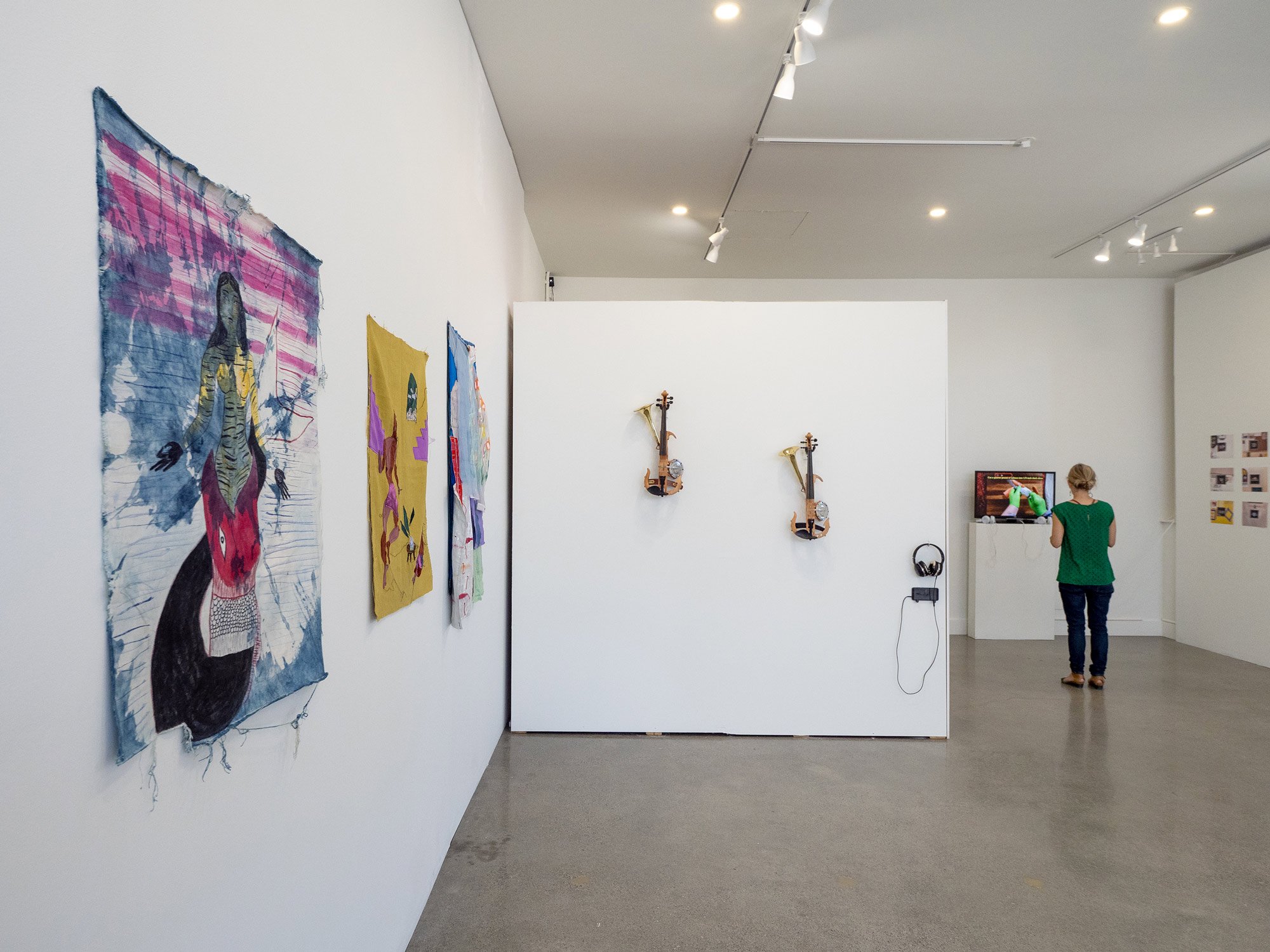
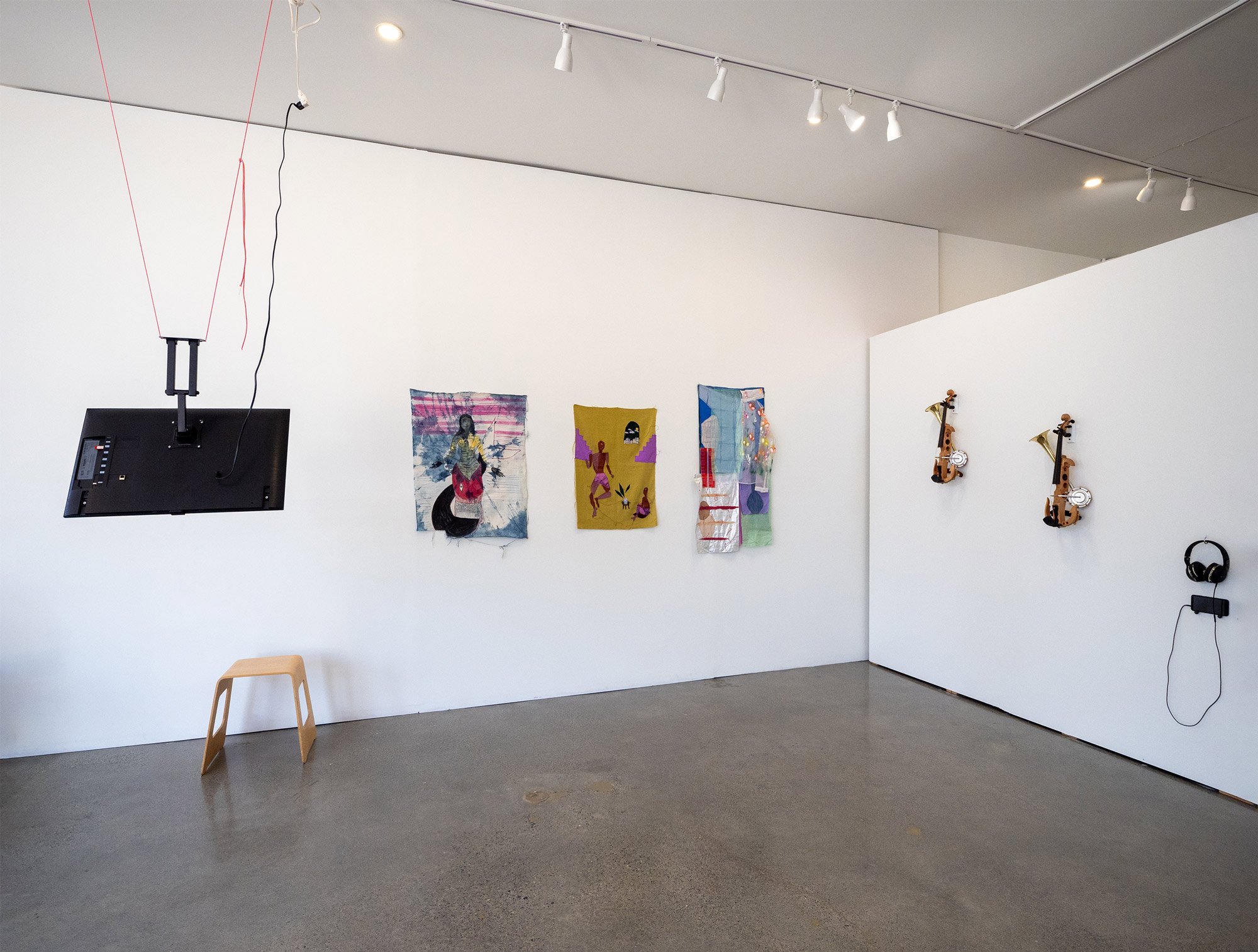

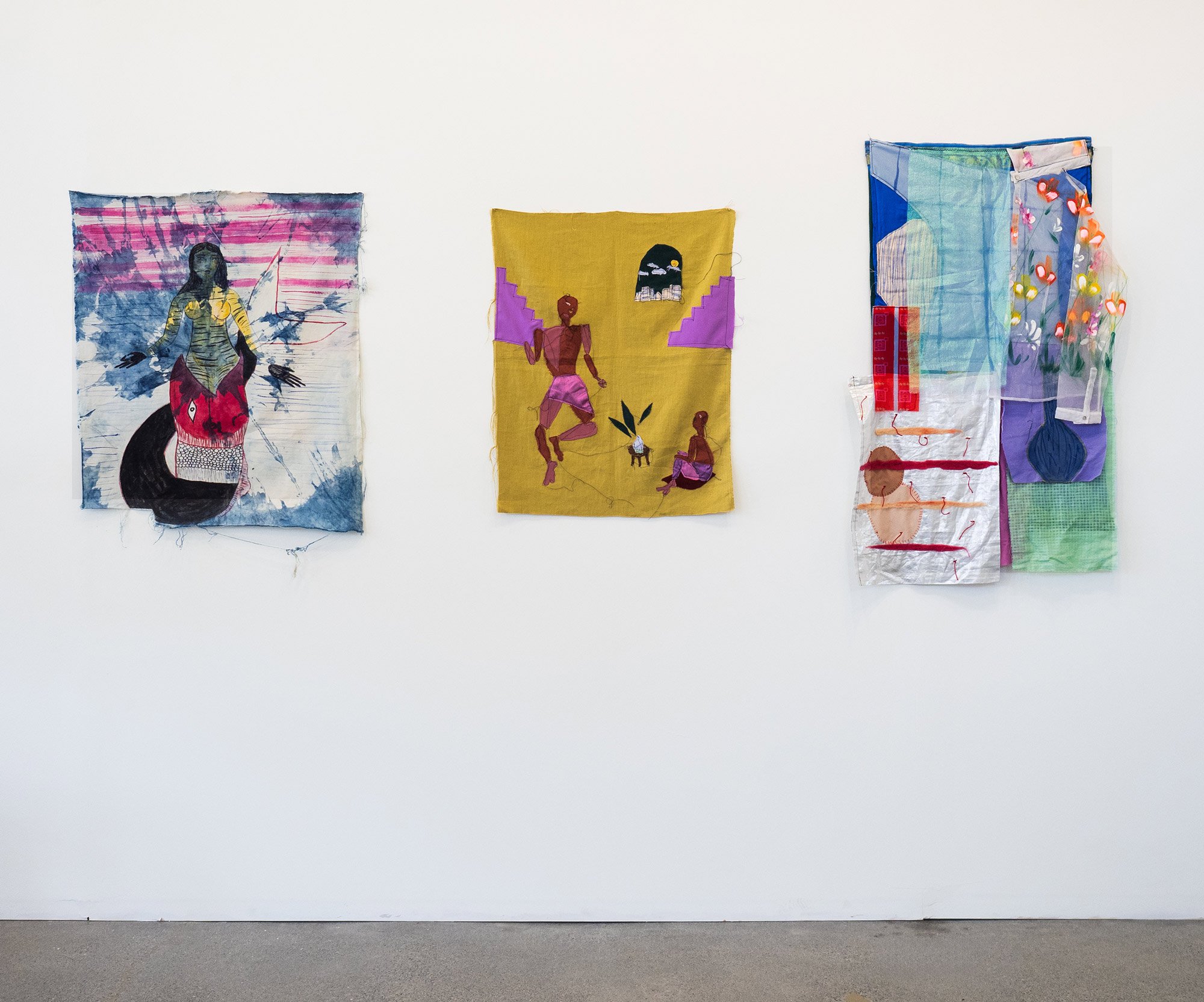
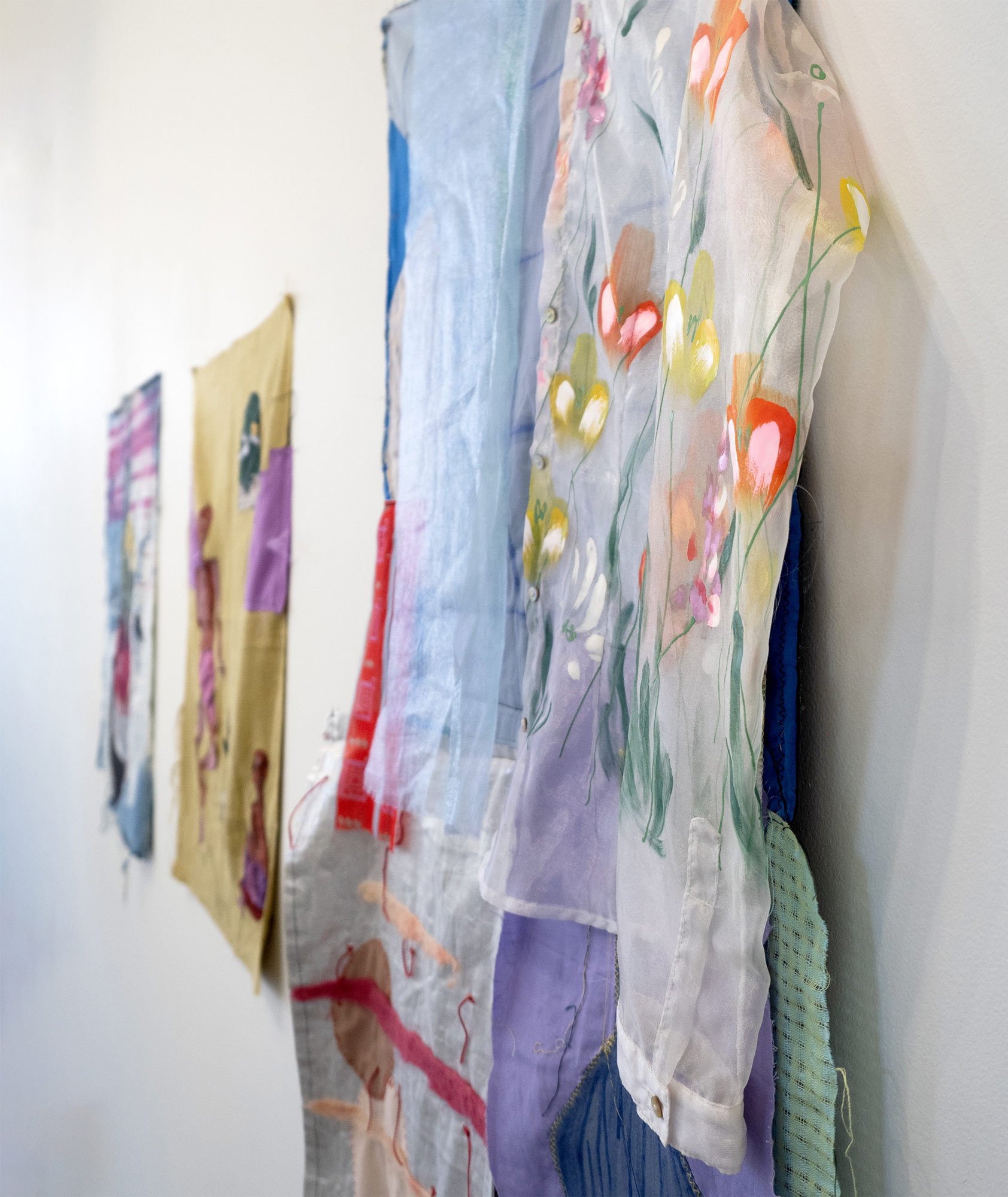
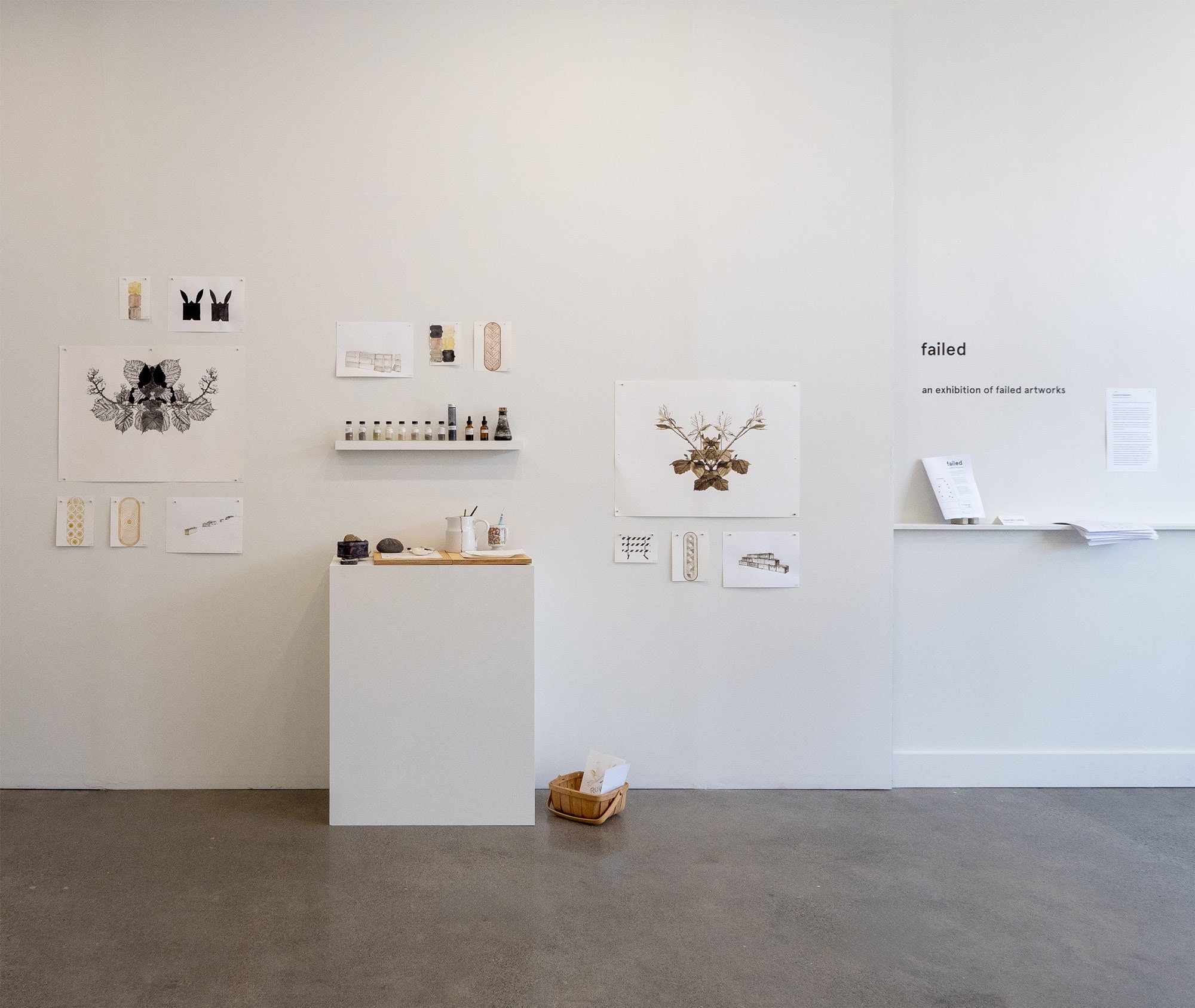
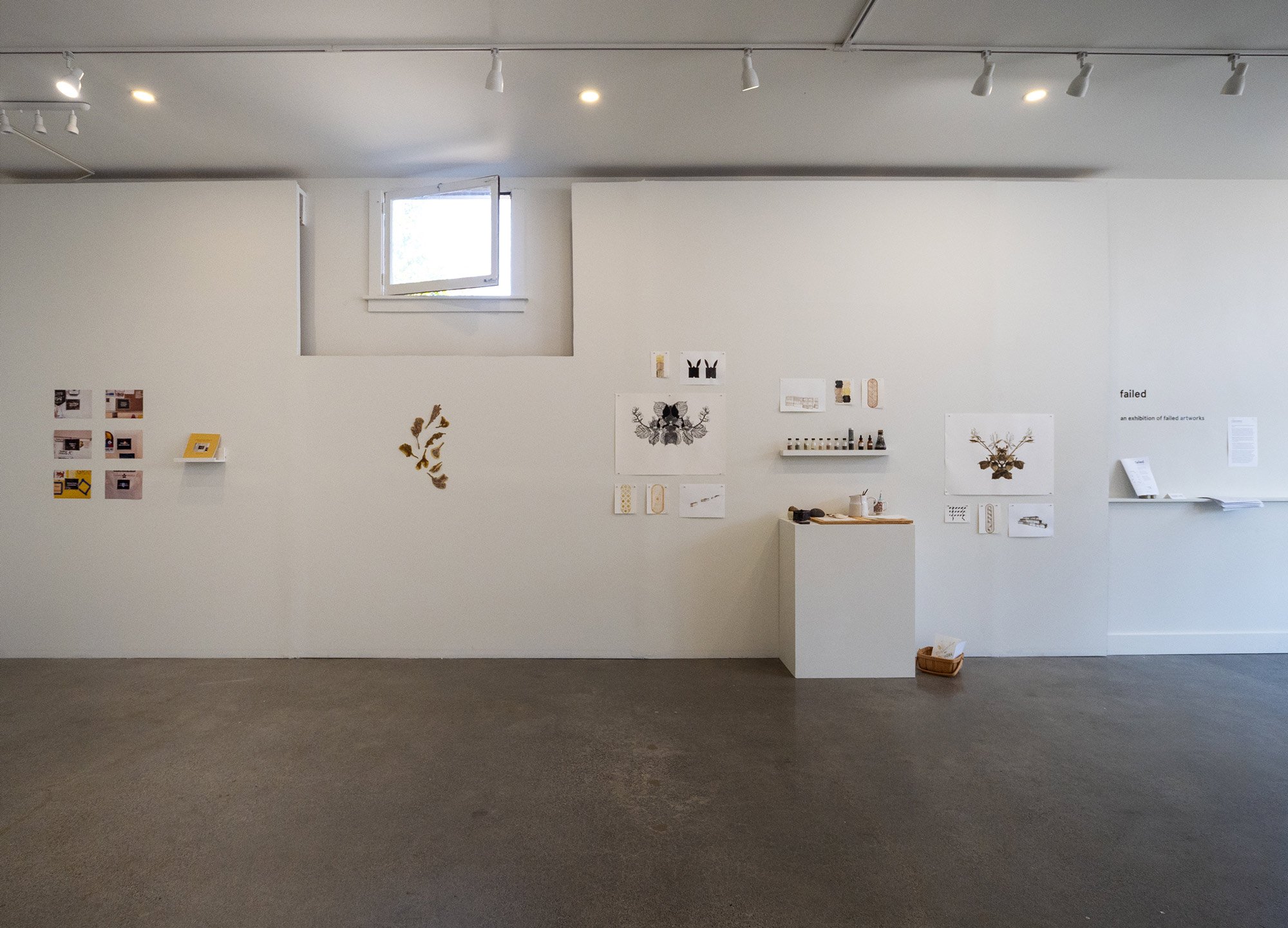
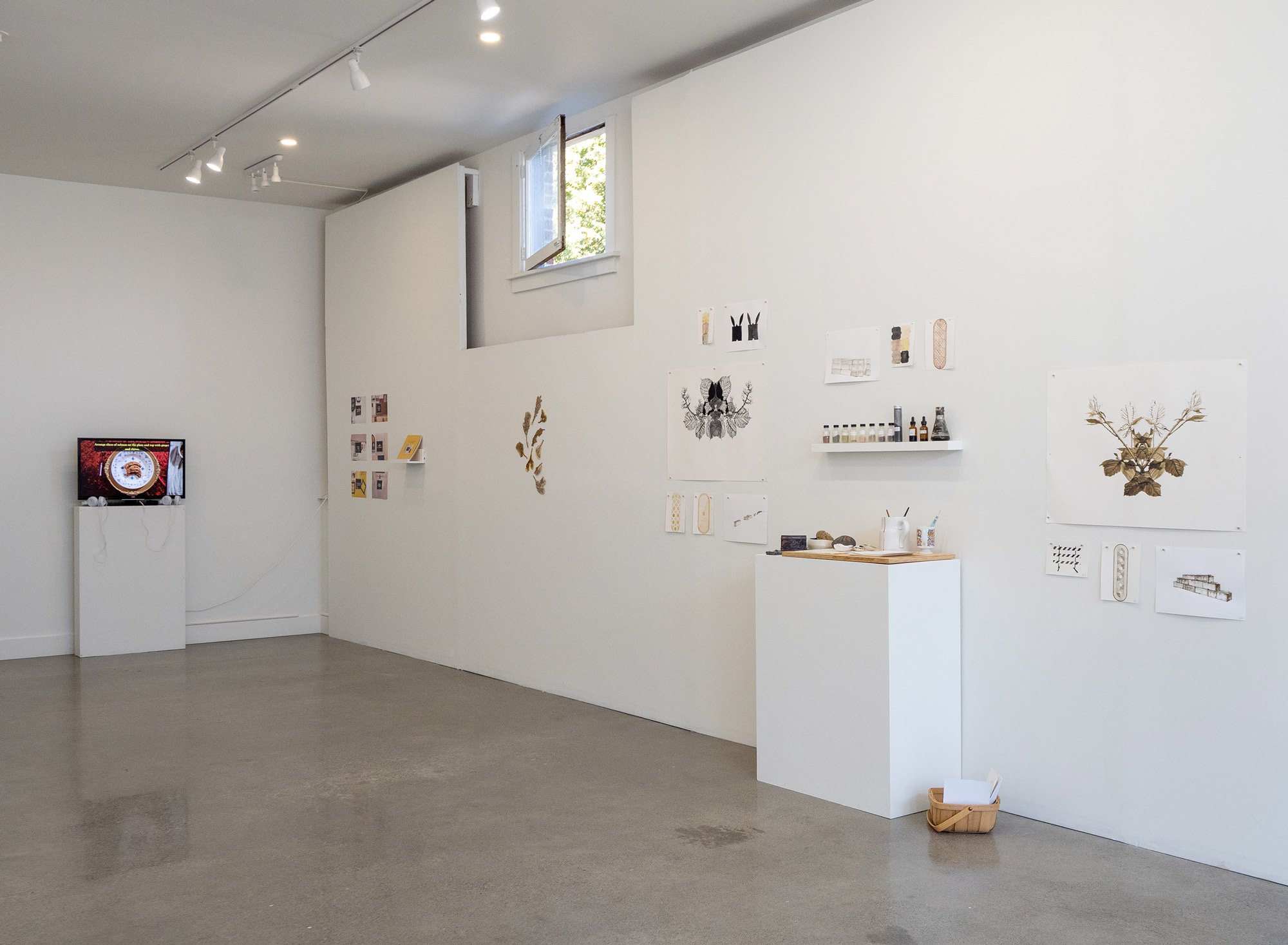
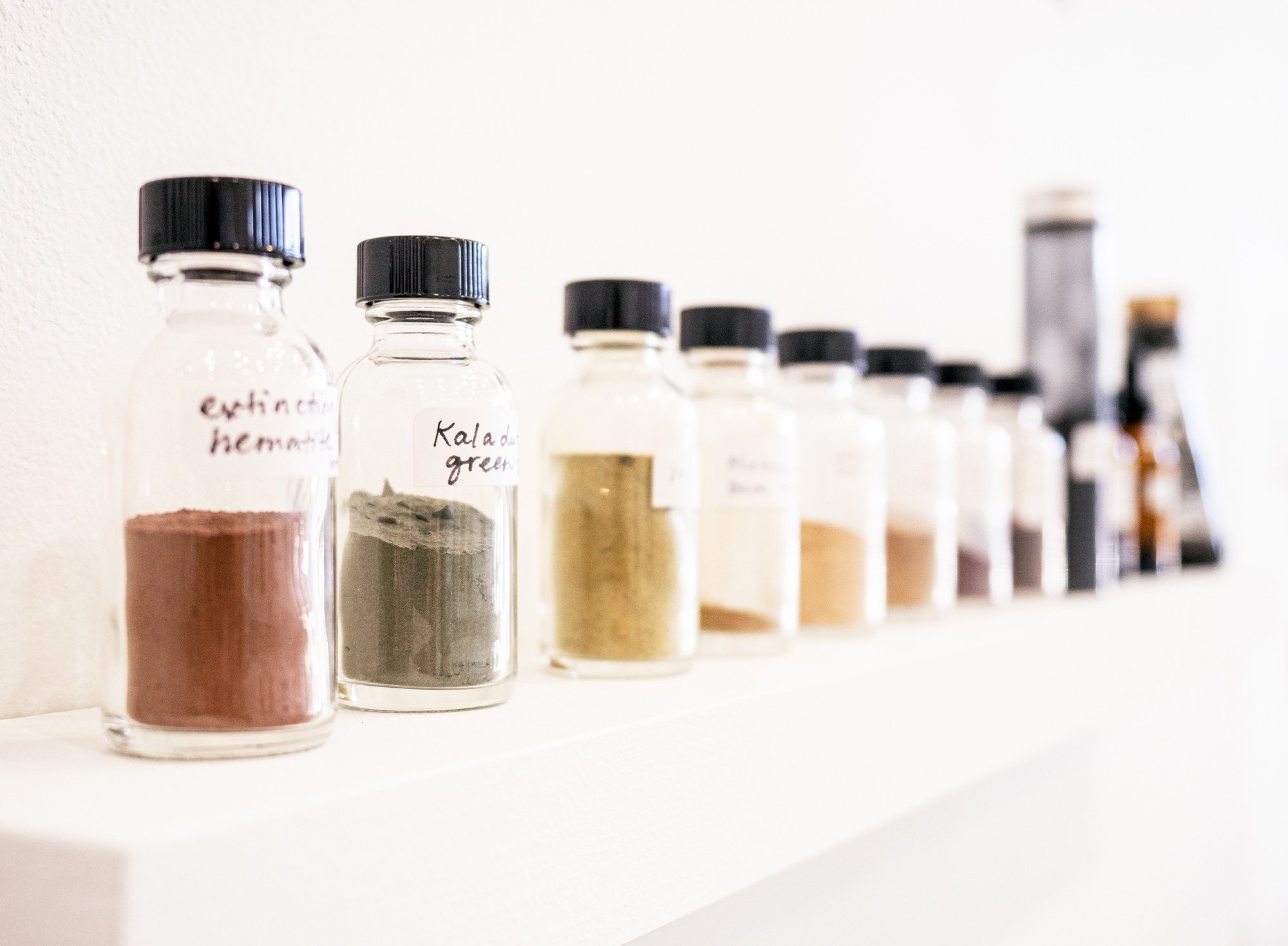
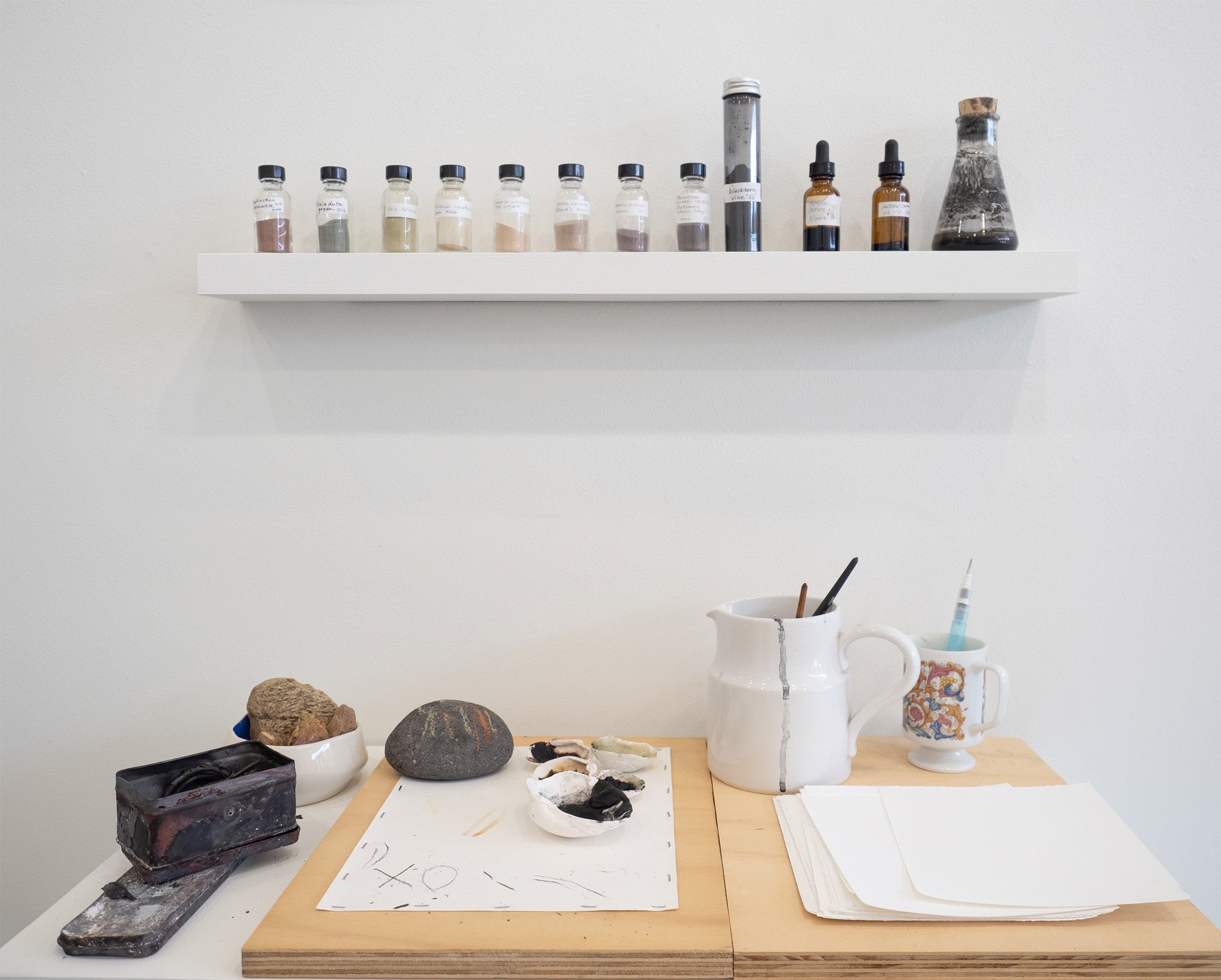
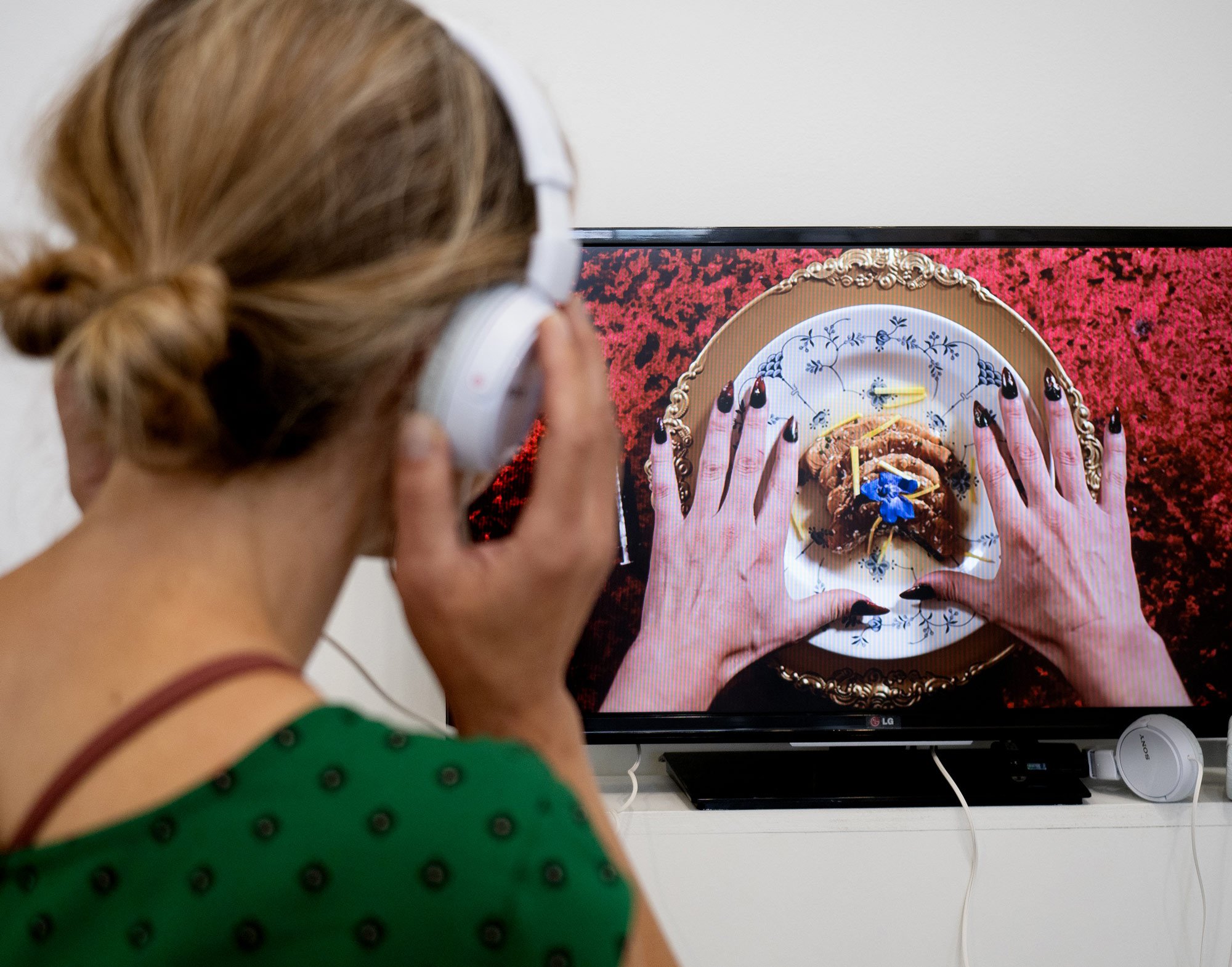
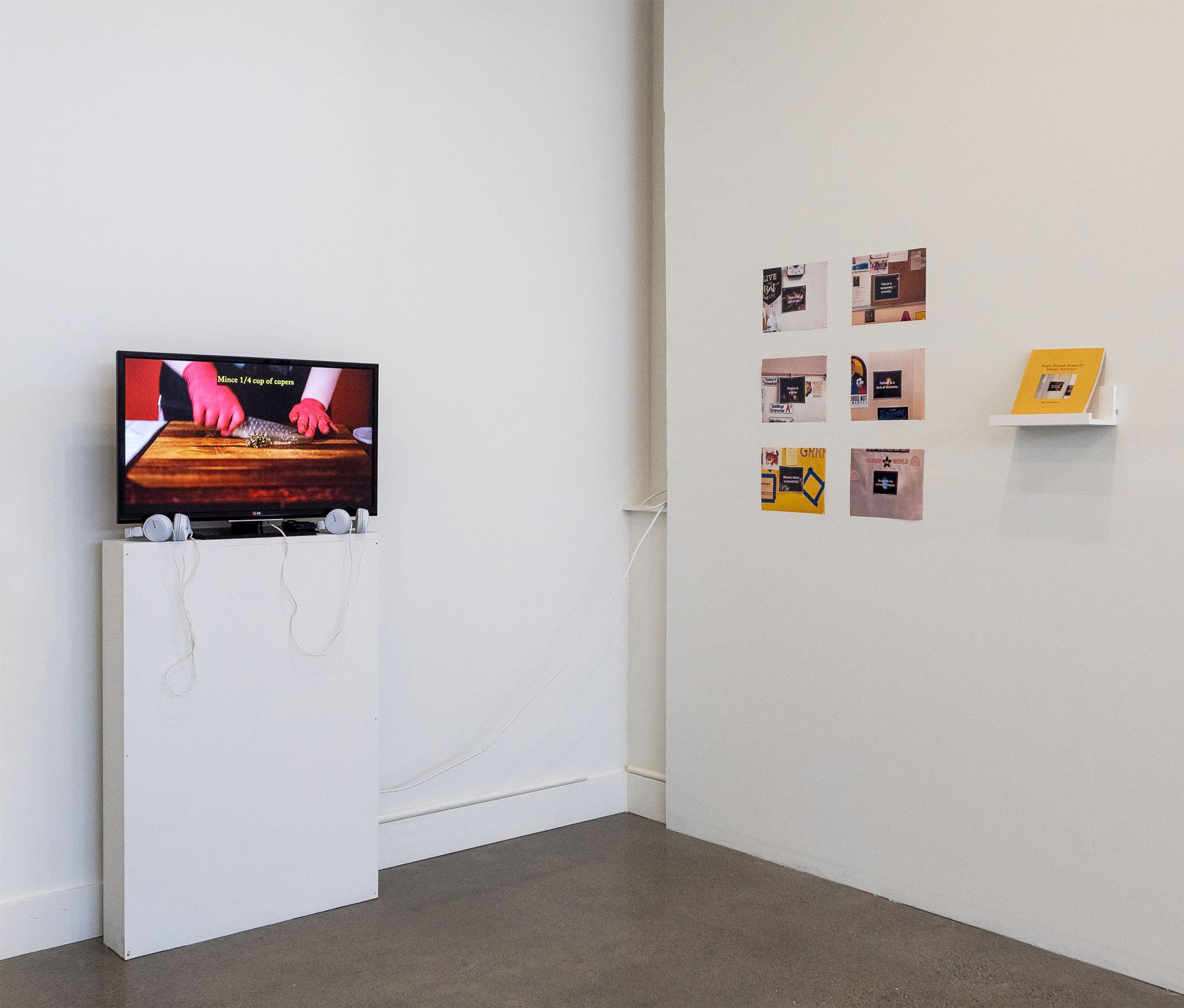
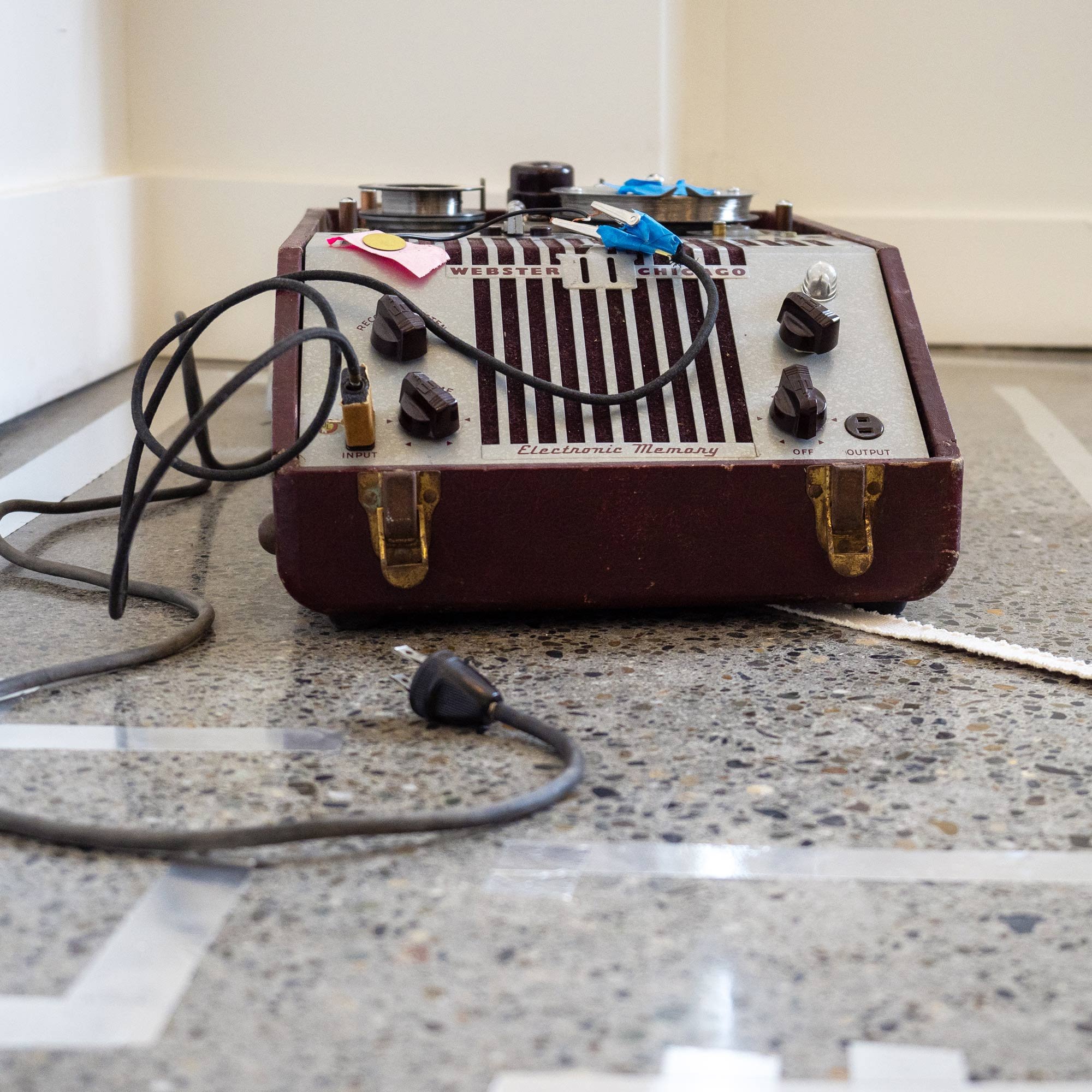
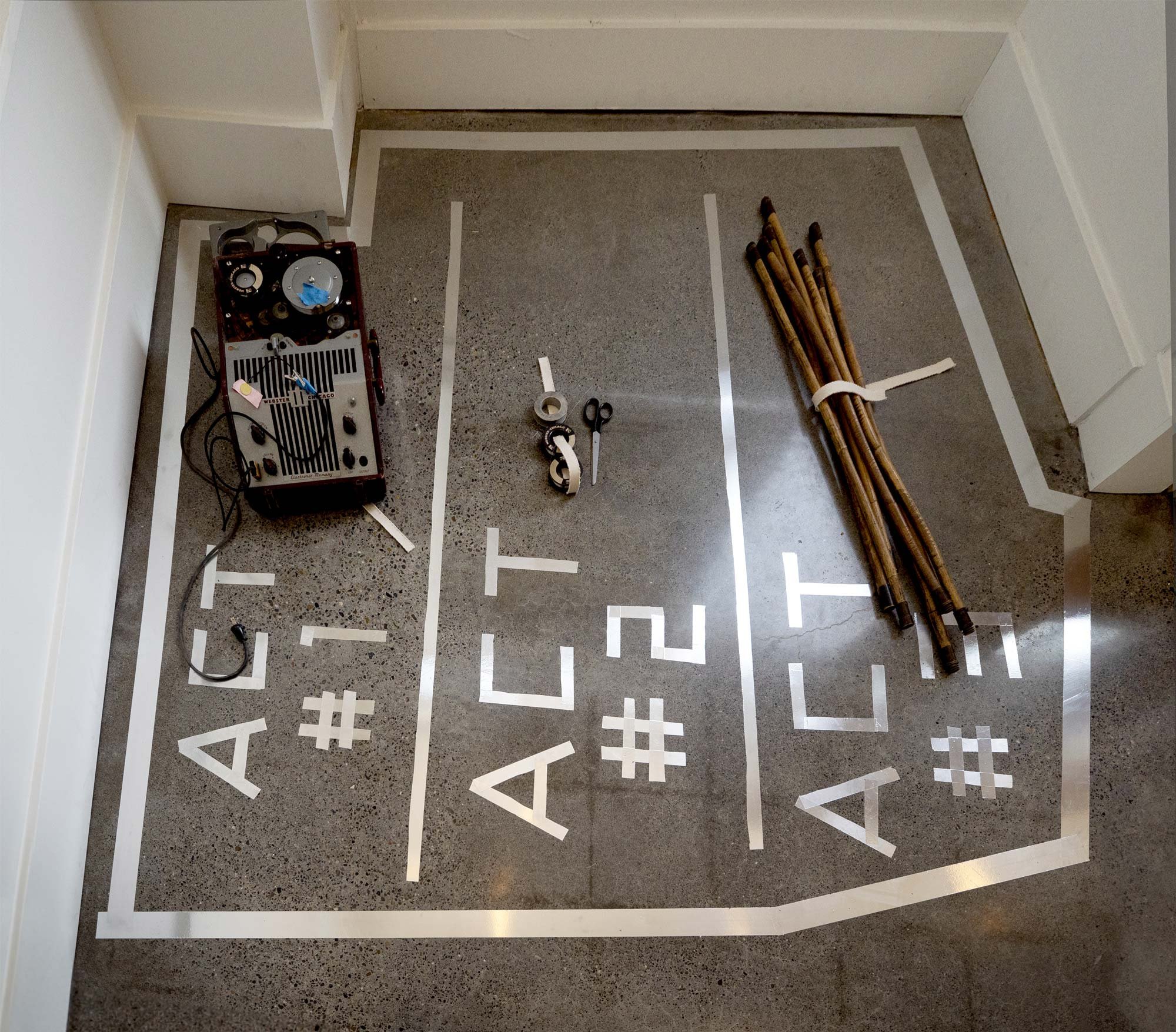
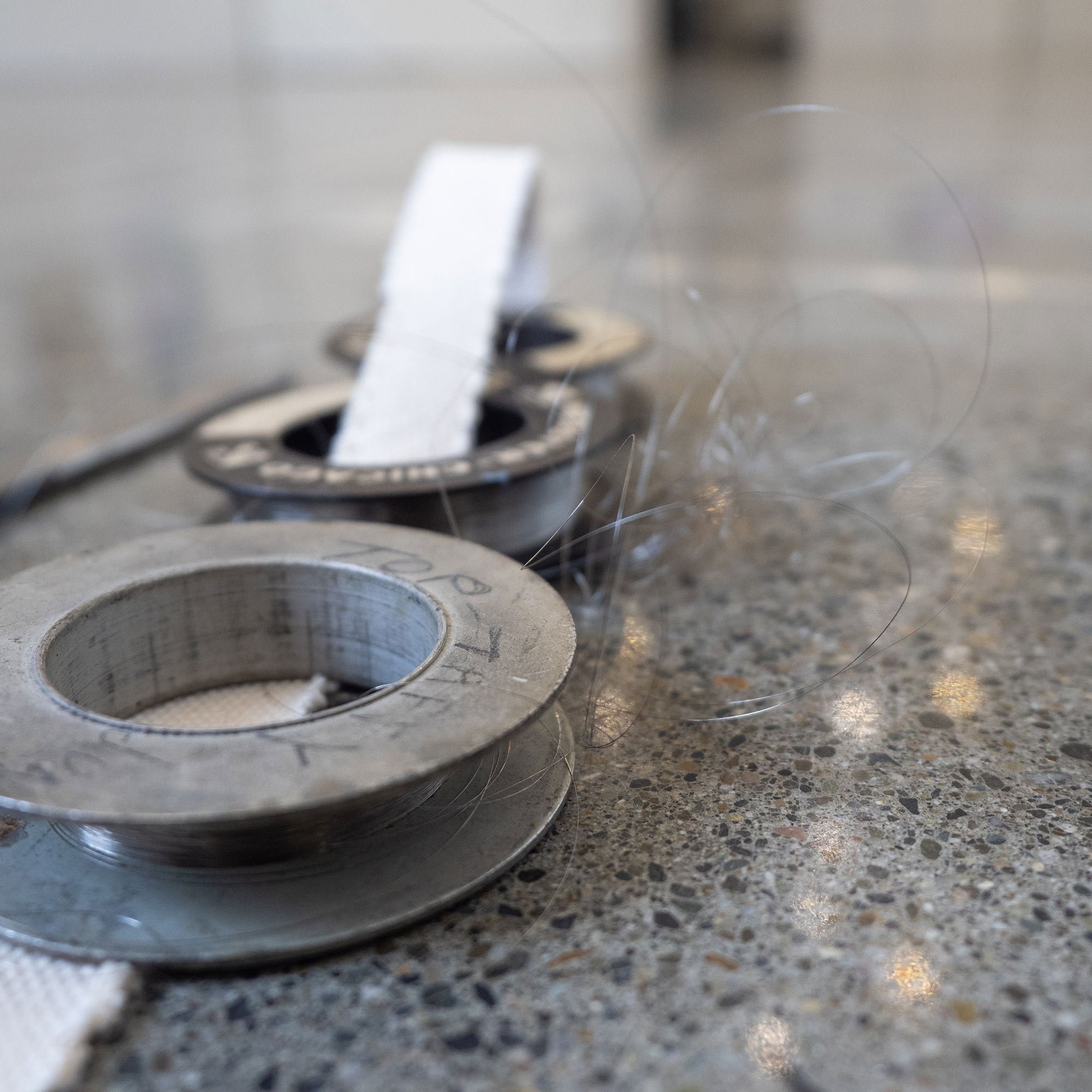

“Graduation”
“Graduation” is a series of three artists, all of whom are still attending either Undergraduate or MFA thesis programs. This series did not start with a conceptual common ground. Instead, Each artist’s practice is radically different from one another. However, as each show plays out, you will be able to see the through lines from artist to artist. Even though these artists come from different programs and different backgrounds, their work shares a creative collective consciousness.
“Graduation” intends to break down the barriers between student and non-student work in order to show that the role of the student is a lifelong occupation. If an artist ceases to learn, their work will fall stagnant.“Throughout my ten years of working with institutions as a student and a teacher, there has been a common thread of how ”student“ artwork has been treated. Countless arts organizations are very upfront and do not allow students to submit work or participate in their programs. While people have stated their arguments as to why this attitude persists, I find it ignorant to assume that ”students“ somehow produce different artworks than their peers who have left the confines of the institution. As if, at the moment of graduation, you and your work are transported to a different realm of the art world. This interpretation of student work ignores the fact that we are all students. Perpetually learning as we go through life. Art is not made in a vacuum. It is a culmination of all of our lived experiences. If an artist is no longer a student, how will their artwork progress?” -Stefan Gonzales, Curator
Bio
Stefan Gonzales is an Indigenous trans/nonbinary individual. They currently reside in Seattle, WA where they spend their time as a working artist, educator, curator, and creative consultant. They grew up in Colorado before eventually moving to Seattle to attend Cornish College of the Arts to receive their BFA. Following this, they attended the University of Washington for their MFA. While there, they received The de Cillia Teaching with Excellence Award while maintaining a position as an instructor of record. Following their curatorial residency with the Jacob Lawrence Gallery. In 2020 Stefan created the virtual art space DECK. Comprised of weekly gallery live streams and artist talks hosted on Twitch.Tv.
“The Middle Seat”
In collaboration with Anastasia Babenko we are thrilled to announce our curated series of exhibitions called “The Middle Seat”, centering the voices of Eastern European Immigrant artists. We were touched by the works of Sasha Rudensky, Daniela Kostova, Levan Mindiashvili, Klara Glosova, Timea Tihanyi, and Polina Tereshina, and will showcase their work in six solo exhibitions from January 14th, 2022 through July 12th, 2022 at Das Schaufenster.
This exhibition series comes from the idea of a window display in Seattle, that Anna has creatively turned into a gallery space. When I was a little kid, Anastasia recalls, I remember watching a Ukrainian TV-show called “A Window To America”. So now here in the U.S., I seem to be doing quite the reverse - creating a window facing homeward. We’ve called this series The Middle Seat, referring to a place that is far from being comfortable - an experience that most immigrants have been through. Also, the middle seat seems to be an appropriate metaphor for East-Central Europe, the territory wedged between East and West.
Amplifying immigrant voices has almost become a trend over the past decade, but the immigrants of European descent are generally being omitted from this narrative. Anastasia being a Ukrainian Immigrant and Anna growing up in East Germany, gave us an initial push into researching immigrant artists from the Old World. After quite some time, we’ve naturally narrowed down our selection to Central and Eastern Europe. The art coming from the region is oftentimes centered around the search for identity (national, historical, cultural etc), so it’s especially interesting to observe this search when paired with a personal immigrant identity quest.
Bio
Anastasia Babenko (b.1989), is a Ukraine-raised US-based filmmaker and photographer. After working as a news reporter in Ukraine, Germany, and the U.S., she has gradually shifted to a more reflexive and a long-term approach. In early 2021, she received funding from UN Women to film her debut narrative short. She curated shows and film programs for the Center on Contemporary Art and Northwest Film Forum, both based in Seattle. She was also a part of Seattle International Film Festival’s 2020 programming team.
Invited Artists
Previous Curatorial Project from 2021
ZAMBO MULATO CRIOLO CAFUZO
Latin American Artists and LatinX artists have, for too long, been shut out of art history. Not to mention art visibility and art opportunity. Their visions, aesthetics, and expressions resulted from mixing their Portuguese, Spanish, African, and Indigenous drops of blood in Latin America’s racial cauldron. Zambos, Mulatos, Criollos and Cafuzos, were how they were identified and scornfully miscalled throughout the 17th to 19th centuries. The Spanish and Portuguese colonizers used racial slurs to identify their mestizaje. As their lands, produce, children, women, cultures, and religions were exploited and colonized, northern countries forcedly welcomed their silence. One would argue that this speaks of the past, and much has changed. Our art histories show a different story.
Many Latin American and LatinX artists do not have the visibility nor are allowed to exhibit their visions and enter the pristine white spaces of contemporary museums and galleries.
Zambo Mulato Criolo Cafuzo is a series of six solo exhibitions that present six voices that insist on reclaiming their Latin American and LatinX visions of dissent, with pride and in power, speaking about the new understandings of where Latin America stands in the context of world politics and concerning the systems of oppression. Zambo Mulato Criolo Cafuzo is a provoking form of a call to action that emerges from the works on view, coupled with a belief in art as a tool for criticality and effective change. - Anna Parisi
Collaboration is a radical form of resistance to hierarchies of power that keep colonialism, white supremacy and patriarchy as the framework of how we view art. Co-curating Zambo Mulato Criolo Cafuzo in collaboration with Anna Parisi brings to the forefront a series of crucial visual voices. This is not for a white audience, yet everything a white audience needs to see. - Tiffany Danielle Elliott
Natalia Almonte ( Puerto Rico) // Un día como hoy (A day like today) // February 14 - March 12, 2021
Iván Sikic ( Peru) // BREACH // March 14 - April 12, 2021
Lorena Cruz Santiago (Mexican-American) // Tejidos // April 14 - May 12, 2021
Mulambö ( Brazil) // OUT OF MANY, MUCHOS MÁS // May 14 - June 12, 2021
Marina Camargo (Brazil) // On a matter of deletion and other disappearance //June 14 - July 12, 2021
Andrés Martinez Ruiz ( Colombia) // 9A.84.010 // July 14 - August 12, 2021
Tiffany Danielle Elliott
is a Seattle based curator and artist who works in performative en- actment, text(ile), and digital objects. In both her art and curatorial practice, she is focused on creating nuanced conversations around all the things we think we shouldn’t say. She received an MFA in Sculpture from Cranbrook Academy of Art, an MA in Theology & Culture, Imagination & The Arts from The Seattle School and a BA in Studio Art from UNC Wilmington. She is currently the Co-Director for the seattle residency project, Lead Curator for Interloper and a guest co-curator for Das Schaufenster.
She lives and works in Seattle, WA.
Anna Parisi
(b. 1984) is a Brooklyn-based interdisciplinary visual artist, curator, and writer born in Brazil. She received a BA in Communications and Filmmaking from the Pontifícia Uni- versidade Católica do Rio de Janeiro (PUC-Rio) and an MFA in Fine Arts from Parsons, The New School of Design in New York. Her work has been presented in The United States, Brazil, and Europe. She is the recipient of the Leslie Lohman Museum Artist Fellowship (2020), the Taller Creative Capital (2019), and has been recently nominated for the AICAD Post-Graduate Teaching Fellowship (2021, upcoming). Through her practice, Anna explores ideas around systemic racism, colonialism, and patriarchy with her identity as a context. She currently lives in Brooklyn, New York.
Website: www.tiffanydanielleelliott.com
Instagram: @tiffanydanielleelliott
Website: www.annaparisi.site
Instagram: @aluparisi



